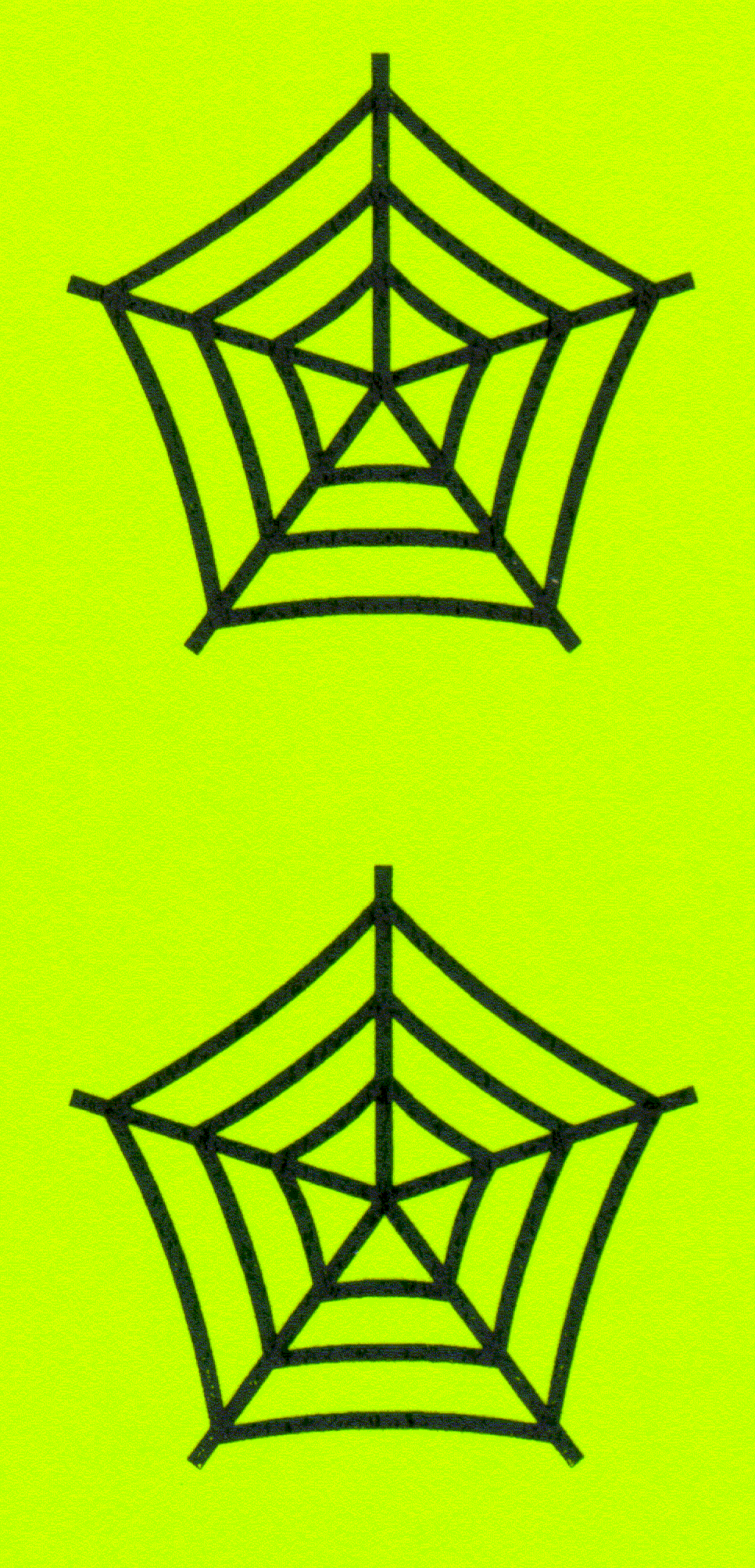

The EV-WEB
- - Eclectic
Verity
- - -
Eccentric
Variety - -
- - Esoteric
Validity - -


The term animé comes from the Japanese use of a French term for animation, a fitting origin since the animation art called animé began with the Japanese, and, according to some devotees, only that animation which has been created by Japanese qualifies as authentic animé. Animé enthusiasts often refer whimsically to themselves as otaku, a Japanese term which translates into English as "obsessed fanatic".
Animé is a continuation into film and televideo of the aesthetic paradigm found in manga or Japanese comic books. In general, animé and manga use the same basic visual vocabulary, storyline approach, and flourishes and subtext. Much of the appeal of animé comes from the differences between this aesthetic paradigm and the paradigm found in U.S.American popular fiction. Scott McCloud notes in Understanding Comics that manga incorporate the Japanese culture's greater consciousness of setting and ever-changing nature. Antonia Levy notes in Samurai from Outer Space that the Japanese storytelling tradition focuses far more on character development and the moral ambiguity inherent in such evolving characterization. Levy also notes the Japanese interest in the dramatic trope of giri-ninjo: the potentially-tragic conflict between obligation/duty and desire/personal need. (Actually, giri-ninjo is far more complex than such a simple dichotomy, but the trope is based on a particular understanding of duty and desire which is alien to the U.S.American intuition.) These and other differences are at the heart of animé's appeal. (For more internet information about Understanding Comics, a brilliant work about graphic narrative, consult
John Buckman's review and
Chris Crawford's Erasmatron review. For more internet information about Samurai from Outer Space, an excellent explication of the many facets of animé, consult
Fred Patton's review.)
Some otaku segregate translations they call Japanimé from pure animé translated into English (whether subtitled or dubbed). According to this division, a work is animé if the translation follows the storyline and most of the aesthetic paradigm of the original untranslated version; if the work has been changed a great deal, it is Japanimé. An example of animé would be Ranma 1/2. An example of Japanimé would be the Robotech saga: the story and art are wonderful, but the U.S.American writers for Robotech created new storylines and highly Americanized characterizations based on the Japanese visuals and completely ignored the substance of the three unrelated animé which were combined into the Robotech story. Thus, the Robotech saga has U.S.American flourishes and subtext in place of the original Japanese flourishes and subtext.
The qualities of animé involve style not genre. Animé stories can be any genre: fantasy, SF, horror, mystery, action-adventure, situation comedy, farce, and others. Animé can mix with almost any visual genre, ranging from the harrowingly realistic drama of
Graveyard of the Fireflies
to the situation comedy of
Maison Ikkoku
and from the graphic SF of
Akira
and
A.D.Police
to the space fantasy of
Nausicaa in the Valley of the Winds
to the epic fantasy of
El Hazard
and
Fushigi Yuugi
to the gentle fantasy of
My Neighbor Totoro. In some ways, animé is its own consilient macro-genre. Obviously, animé is related to Kaiju / Sentai / Mecha fiction, and it often includes elements of Furry and may rely upon Myth, Legend, Folklore.
Click  to return to The Ev-Web index.
to return to The Ev-Web index.
 for comments, considerations,
for comments, considerations,
commendations and confusions,
or to just  me.
me.
visitors have spun their way to my web.